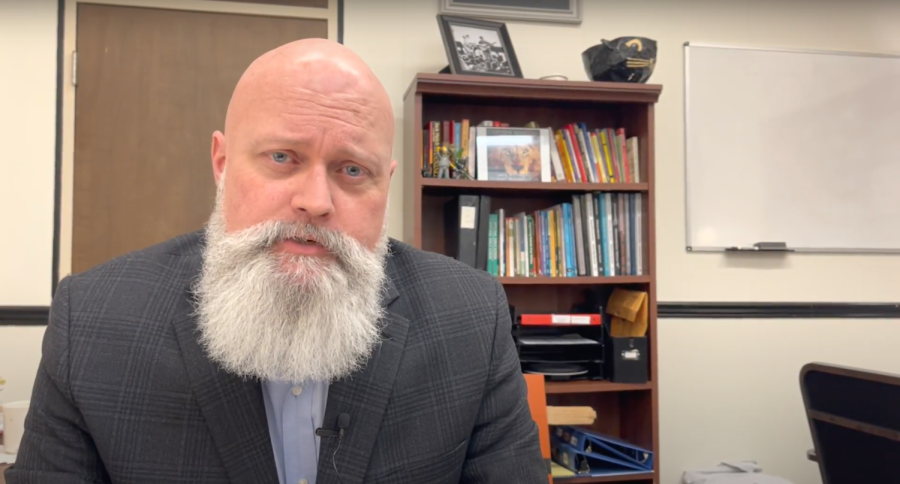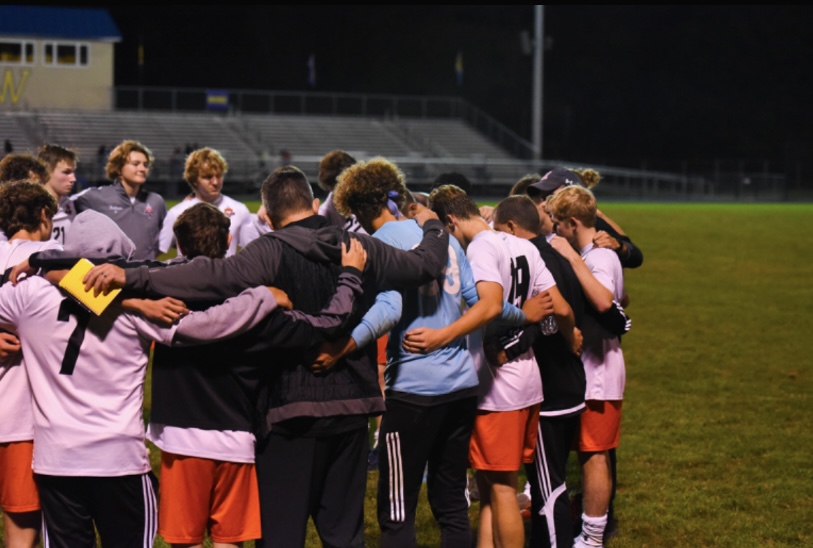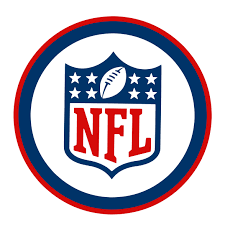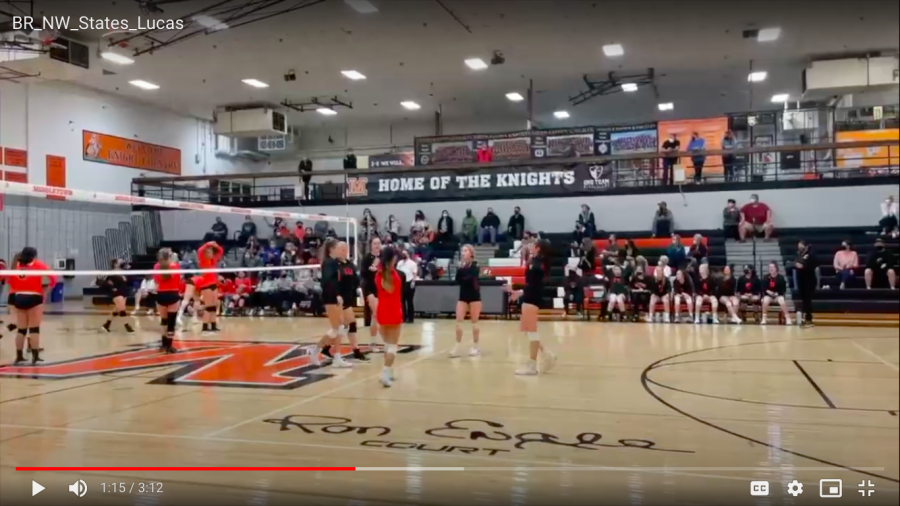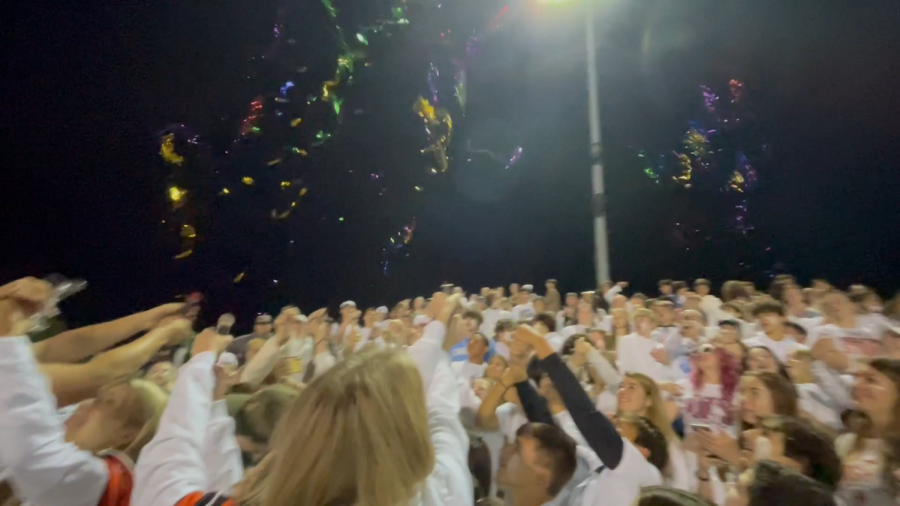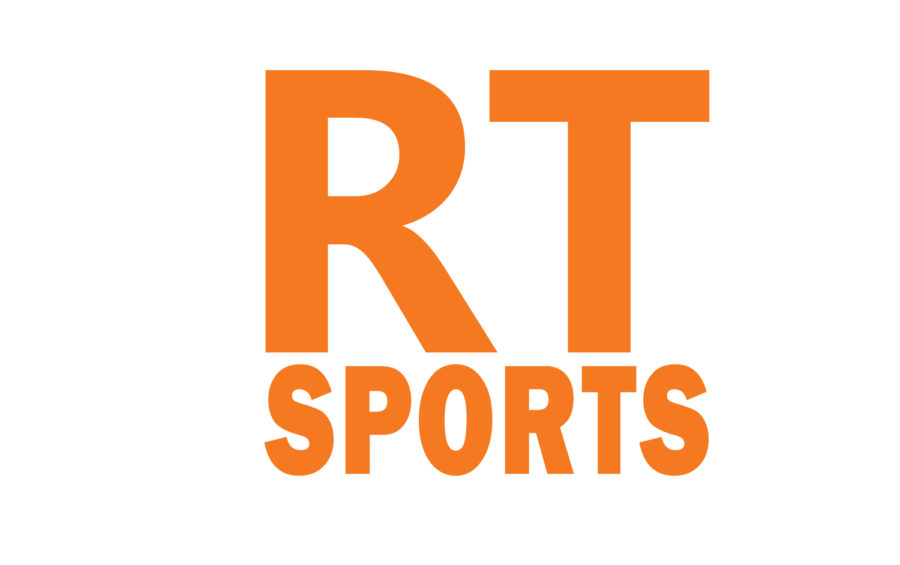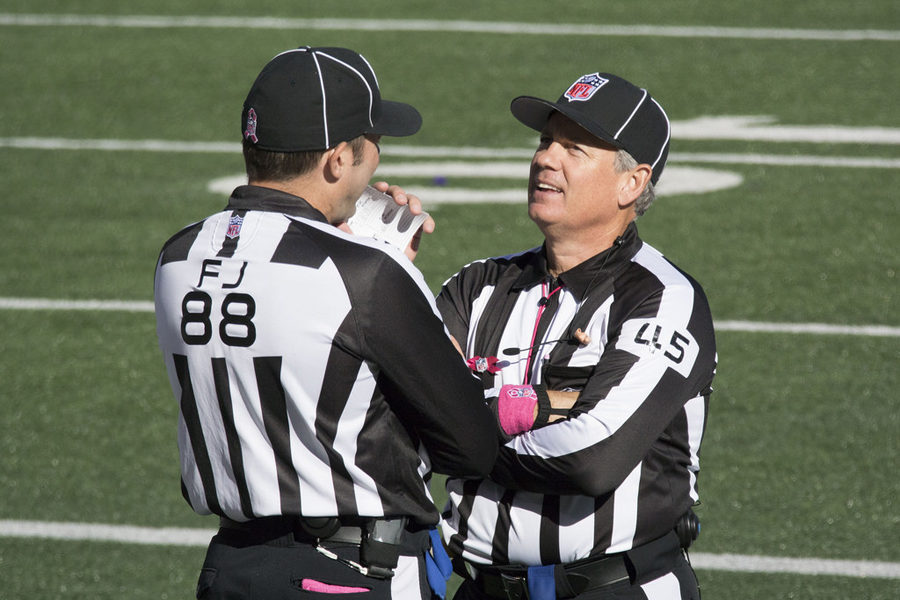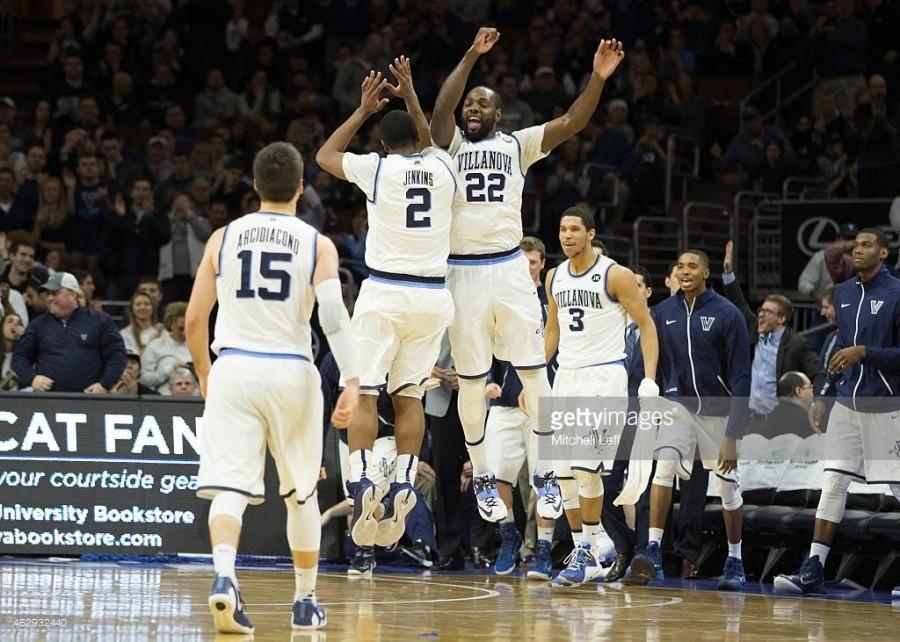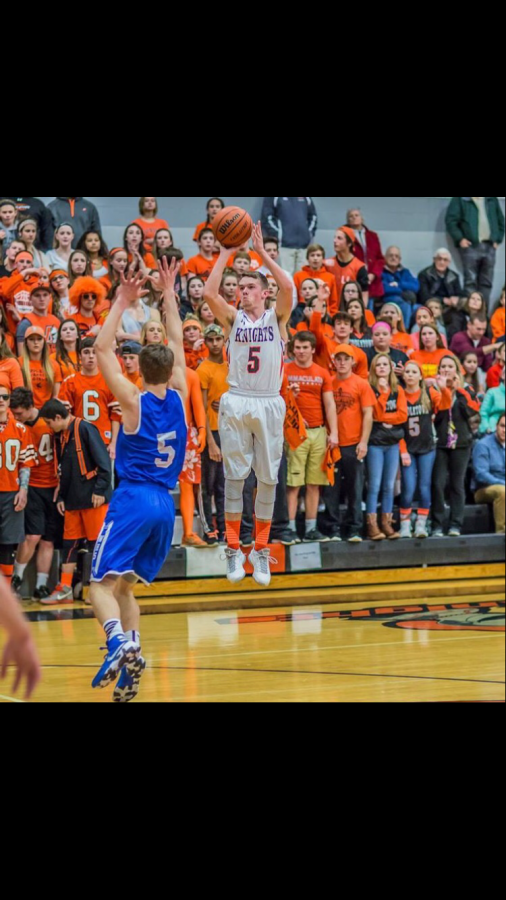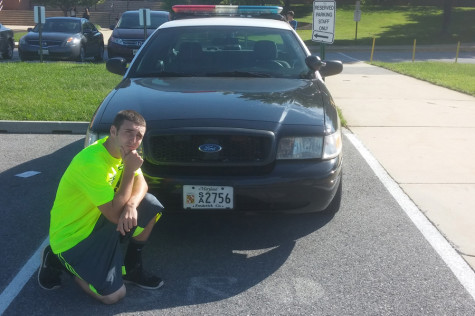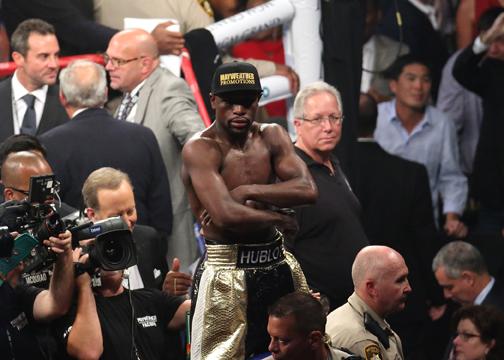
Lurking in the wings of the MGM Grand in Las Vegas, late on a Saturday night, an evil awakens. The magnitude of what is about to take place is sure to put its nerves on edge, and stir doubt in its own mind. But the cocky swagger and sneer on its lips says otherwise. It darts about with incredible quickness, drawing all mortal eyes toward it and leaving them awestruck in the presence of its raw bravado.
And now, it is time for it to strike. The lights dim, the crowd’s crescendo fades to idle noise awaiting the presentation of today’s modern day villain: enter Floyd “Money” Mayweather.
Mayweather strides down the corridors of the MGM Grand before making his reveal to the star-studded crown that has packed the arena for this fight five years in the making. He is met with heated glares, and a wave of boos and jeers that all but drown out the Meek Mill song that blasts from above.
The extent of the disdain of the crowd toward Mayweather is only magnified by the contrast of the man who had entered the ring just minutes before: the religious, family-oriented, Philippine congressman Manny Pacqiuao.
As the two men stand toe-to-toe in the ring, it becomes apparent that this is not a boxing match between two of the best pound-for-pound fighters in the world; this is a battle between good and evil.
In the end, the hero put up a good fight, chasing the villain into corners, landing flurries of punches at times, much to the pleasure of the raucous crowd. But in this instant, the villain prevailed, and when the action had concluded, he stood tall and as cocky as ever in the face of the boos and jeers to which he has become so accustomed. He is arguably the most hated man in sports.
The villain not only exists in this single scenario; the villain is everywhere in the sports world today. Larger-than-life figures draw ire from the public for numerous reasons. Maybe they are outspoken, maybe they show off, perhaps their off-the-field antics are enough to raise an eyebrow from fans. Whatever the reason, they all share the same public opinion.
It’s a phenomenon that has grown in the past decade. The villains have always been around, just in fewer numbers (Take the Detroit “Bad Boy” Pistons of the 1980s). Today it seems that there are more than ever.
Younger and younger kids become professional athletes nowadays, leading to self-inflated egos and a feeling that they are the center of the universe. Of course, these athletic freak children are taught how to speak to the media and how to develop a public image, but that can only help so much.
Some slip through the cracks, with an air of arrogance and narcissism that just irks sports fans in a certain way. But the ones who tend to be the cockiest also tend to be the best. Seattle Seahawks cornerback Richard Sherman is the perfect example: a young man who has been at the top of the game since entering the NFL in 2011 and is not afraid to let everyone know.
He is the best cornerback in the league, and while that has raised some debate with the resurrection of Darrelle Revis, Sherman remains at the top.
The list of villainous characters in sports today is a long and plentiful one and is ever-growing. New England Patriots quarterback Tom Brady finds himself the latest to suffer the fall from grace that has plagued so many before him.
The four-time Super Bowl-winning “golden boy’s” role in the “deflategate” controversy is still unclear and is still being investigated, but it’s more likely than not that Brady is in the wrong somehow. The public is now split. On the one hand, Brady has been the pinnacle of good character throughout his illustrious career; on the other, it is more likely than not that Brady broke one of the NFL’s game condition rules.
But does Brady’s spotless past make this new crime more or less forgivable? It just goes to show how quickly the world’s view on one of the sports most revered athletes can change, and leave him in a whole new light.
But for all their shortcomings, we need to face the facts: we love the villain. As a matter of fact, we need the villain. Without the villain, who else will challenge the hero?
Could you imagine a world where all athletes were good-natured, caring, well-spoken nice guys? Where the only thing that would come out of an athlete’s mouth was the right thing? No controversy, no story, no interest.
What would remain would be a dull and lifeless corpse of what sports used to be. We don’t simply watch sports for the event itself, we watch for the storylines. I can only stand hearing so much about the god-loving, family man before I want to throw my remote at ESPN for doing all but kissing the athlete’s posterior.
Sometimes I want to hear about the guy who bad-mouthed his opponent in an interview, who throws and flaunts his wealth and status, who challenges social norms and pushes the limits of what is okay.
Sometimes I even root for him, too,




